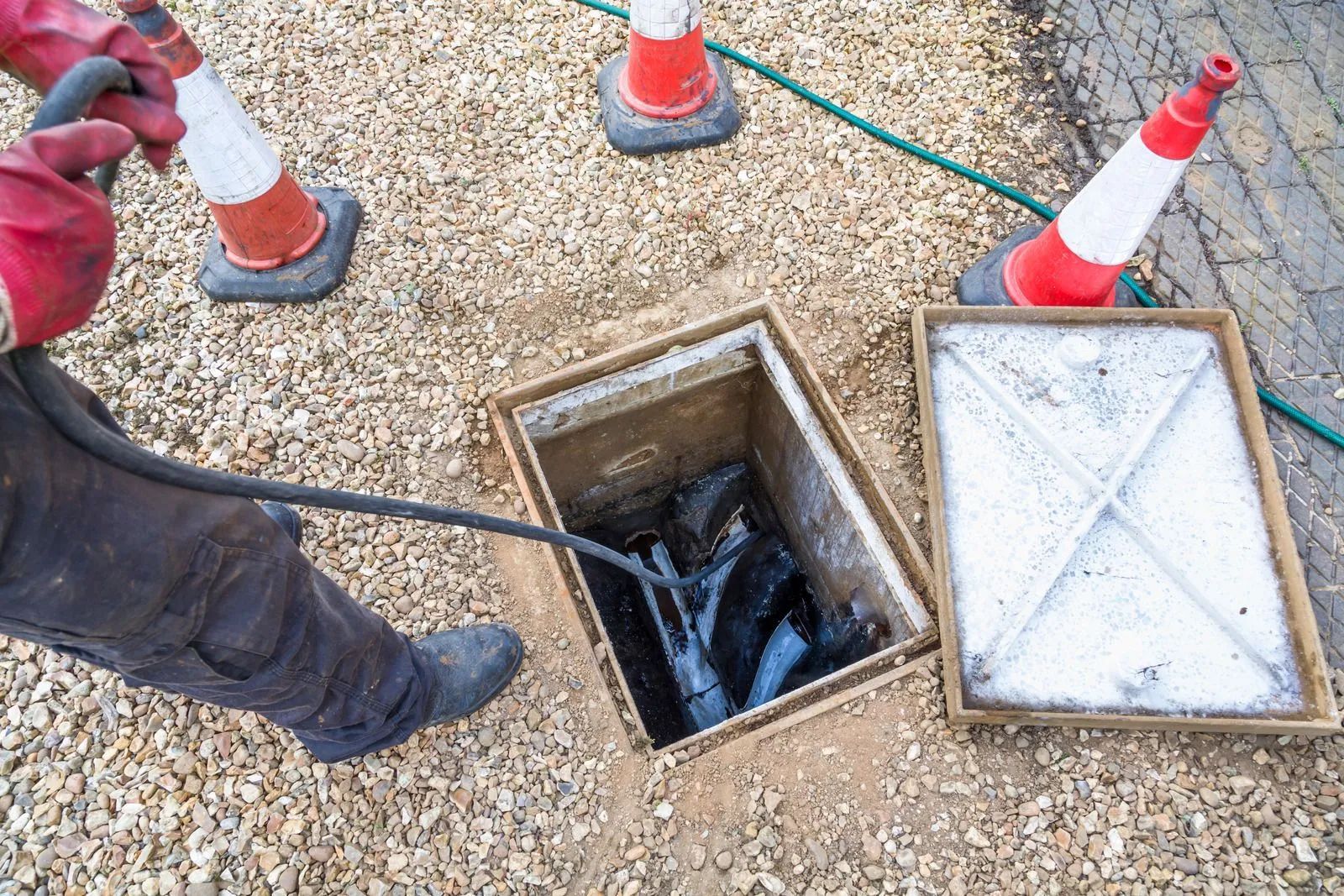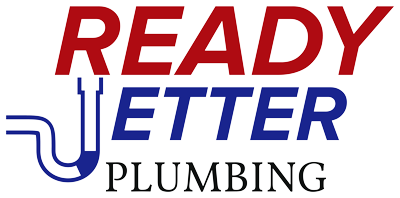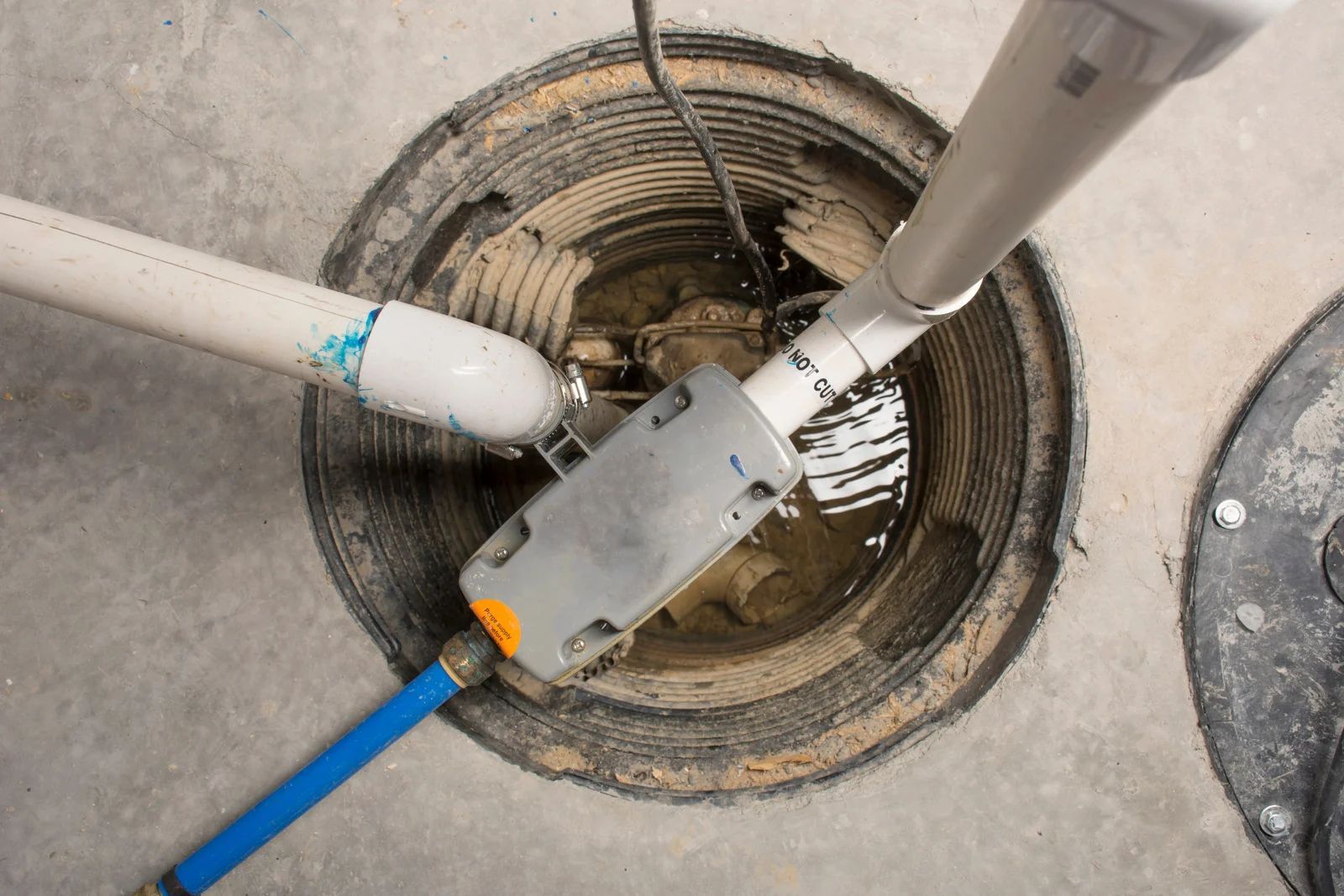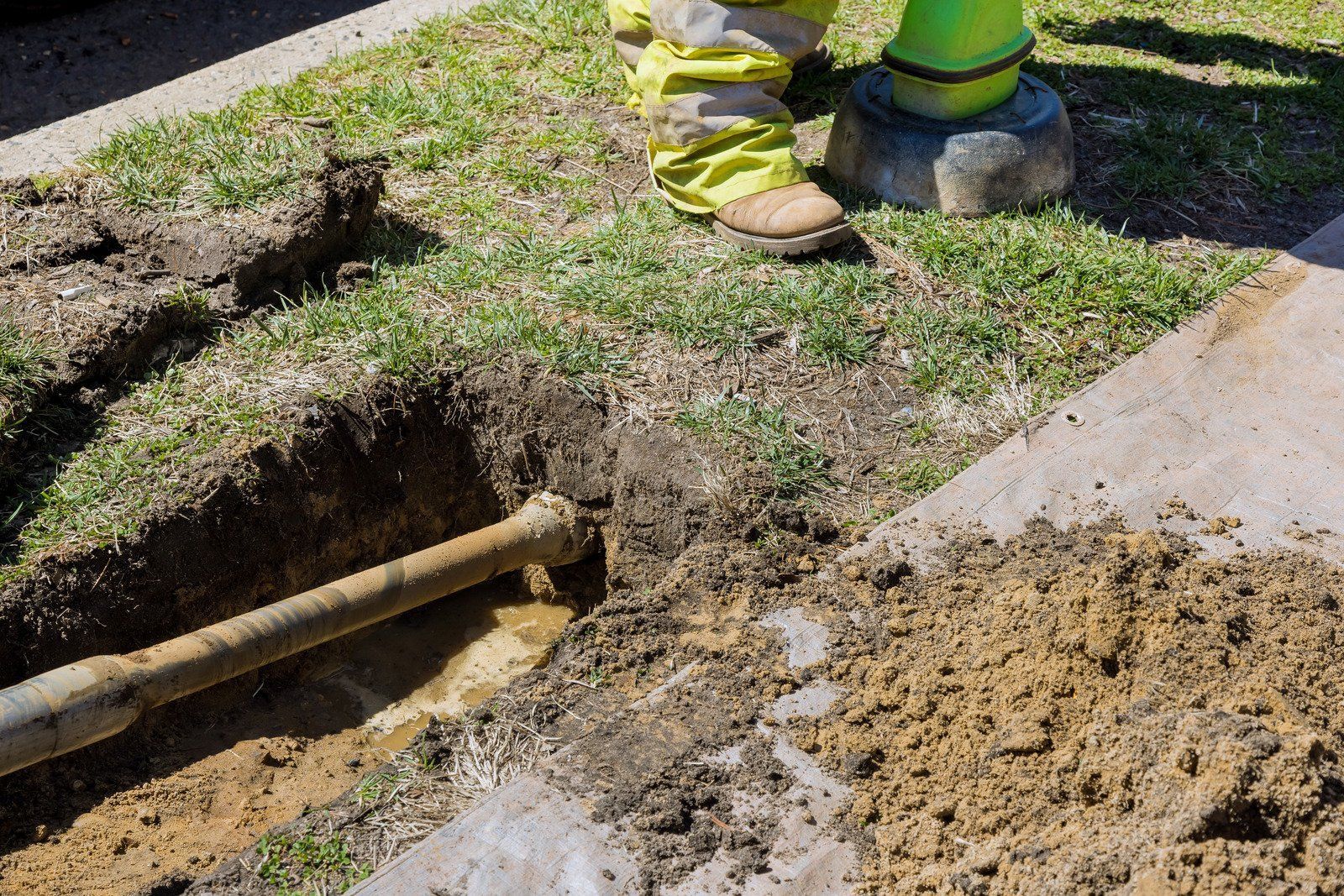Understanding Pipe Patching: A Cost-Effective Repair Solution
Plumbing issues can strike unexpectedly, causing stress, inconvenience, and costly repairs. One of the most common problems homeowners face is damaged or leaking pipes. Traditionally, fixing a damaged pipe often meant replacing an entire section, which could be time-consuming and expensive. However, there’s a more efficient and budget-friendly alternative: pipe patching. This method enables homeowners and property managers to address leaks and minor damage promptly, eliminating the need for extensive reconstruction. Understanding pipe patching, its benefits, and its applications can save both time and money while maintaining the integrity of your plumbing system.
What is Pipe Patching?
Pipe patching is a targeted repair technique that focuses on fixing specific damaged sections of a pipe rather than replacing the entire line. It is commonly used for leaks, cracks, or corrosion in both residential and commercial plumbing systems. Depending on the pipe material and the severity of the damage, different patching solutions are available, including epoxy resins, mechanical clamps, and fiberglass wraps. This versatility makes pipe patching suitable for a wide range of plumbing issues.
The Advantages of Pipe Patching
One of the primary advantages of pipe patching is cost efficiency. Traditional pipe replacement can require significant labor, materials, and potential demolition of walls or flooring. Patching, on the other hand, limits the repair area to the specific section affected by the problem, thereby reducing both material costs and labor hours. Additionally, pipe patching can often be completed more quickly than full pipe replacement, minimizing disruption to your home or business operations.
Another key benefit is the flexibility of the technique. Modern patching materials are designed to withstand high water pressure, temperature changes, and chemical exposure, ensuring a long-lasting repair. For older plumbing systems where replacement might be complicated due to outdated materials or challenging accessibility, patching offers a practical and reliable solution.
Ideal Scenarios for Pipe Patching
Pipe patching works best for minor leaks, small cracks, or localized corrosion. For example, hairline cracks in copper pipes or small leaks in PVC pipes can often be repaired effectively with epoxy or fiberglass patches. It is also useful in emergency situations where a quick fix is necessary to prevent water damage while awaiting a more permanent solution. However, it’s essential to note that severe pipe damage or recurring leaks may still necessitate full replacement, making a professional assessment crucial.
How to Ensure a Successful Pipe Patch
The success of a pipe patch depends on proper preparation and application. The damaged area must be thoroughly cleaned to remove rust, debris, and residue. Applying the patch material according to the manufacturer's instructions ensures a secure and durable seal. Consulting experienced plumbing professionals is highly recommended, as they can determine the most suitable patching method and materials for your specific situation, guaranteeing a reliable and cost-effective repair.
Trust Ready Jetter Plumbing
for Reliable Pipe Repairs
For over 25
years, Ready Jetter Plumbing
in Macomb, Michigan, has provided expert plumbing solutions to homes and businesses across the region. With extensive experience in
pipe patching and other repair techniques, our team ensures efficient, long-lasting, and cost-effective results. We understand that plumbing emergencies can be stressful, which is why we prioritize quick response times, professional service, and durable solutions. Whether you need a minor patch or more extensive pipe repair, Ready Jetter Plumbing
combines expertise, reliability, and local knowledge to keep your plumbing system running smoothly.



